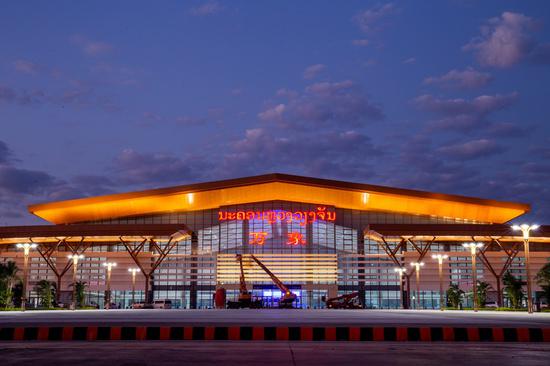
Photo taken on Nov 22, 2021 shows the Vientiane station along the China-Laos Railway in Vientiane, Laos. (Photo/Xinhua)
Meanwhile, many provinces in Laos are preparing for the return of tourists. Visitor attractions and accommodation will be restored and upgraded after being closed for months during the COVID-19 outbreak.
"A second opportunity lies in organic agriculture production. Many investors are interested in growing and setting up factories in Laos to process agricultural products for export, because clean agriculture production is in high demand (while Laos meets its requirements)," said Valy.
"From a personal perspective, we must develop and improve more organic agricultural production for export to regional and international markets," she said.
The China-Laos railway "will not only benefit bilateral trade, but also benefit other countries that want to export products to China or even Europe, as using the railway could save both time and money," Valy said.
She said a third opportunity lies in the processing industry.
"For some products, even we can not provide parts of raw materials here, but they can process, assemble, export and ship them by rail to China and even beyond China to Europe through China-Europe Railway Express."
She said the railway has highlighted Laos' geographical advantages, and that industries including finance and health care can also find development opportunities in Laos.
The China-Laos railway is a docking project between the China-proposed Belt and Road Initiative and Laos' strategy to convert itself from a landlocked country to a land-linked hub.
The electrified passenger and cargo railway is built with the full application of Chinese management and technical standards. The construction of the project started in December 2016 and is scheduled to be completed and operational in December 2021.








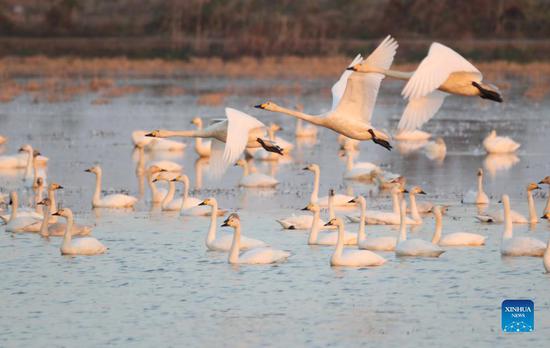

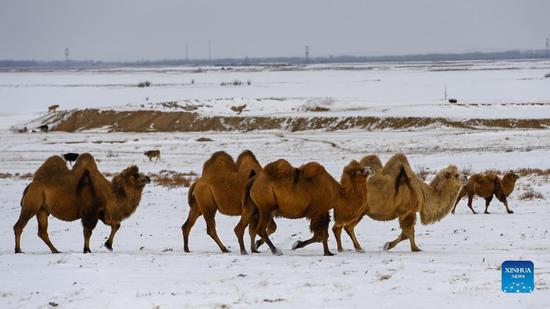




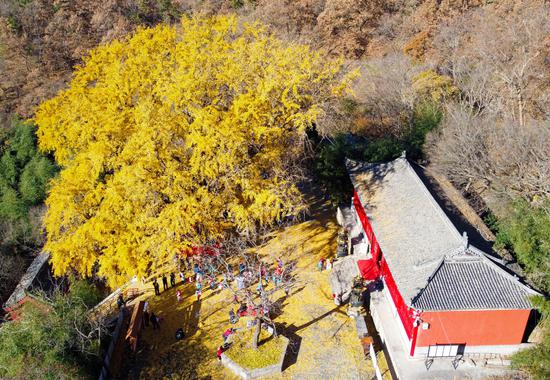



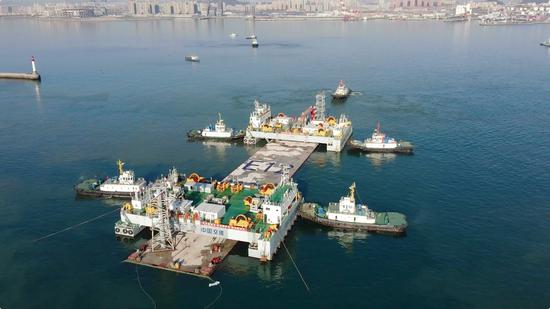

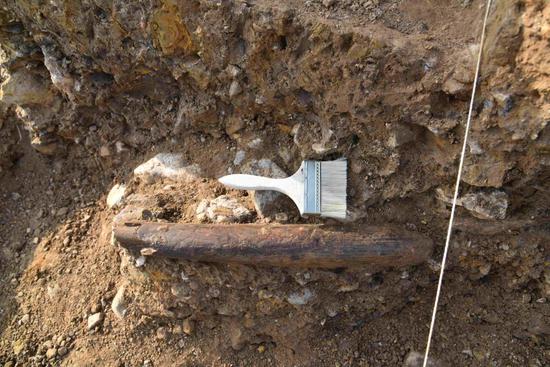



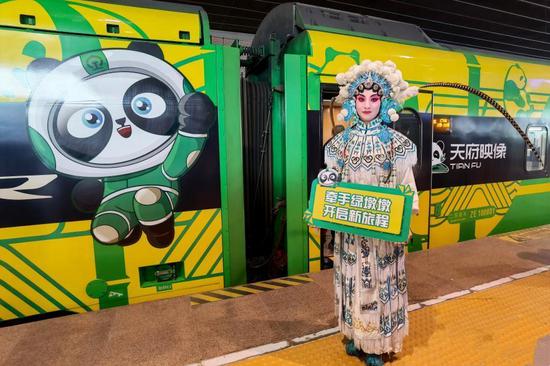

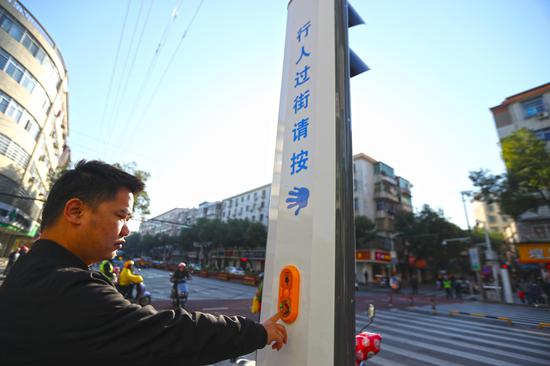
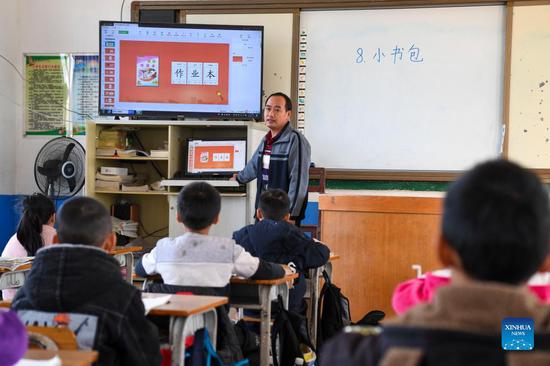
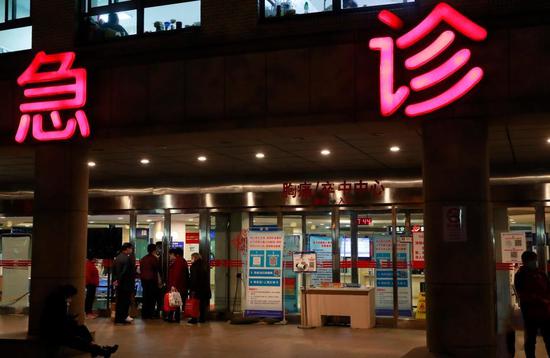
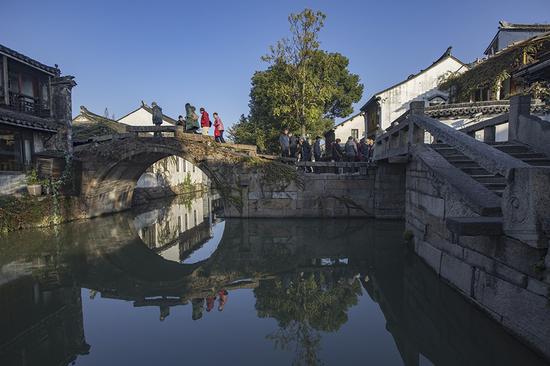
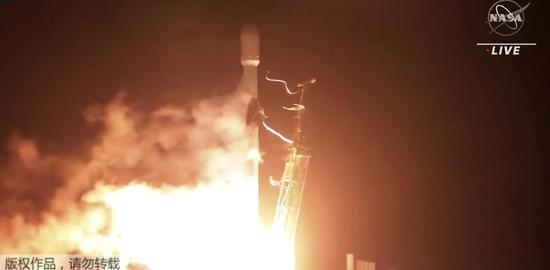
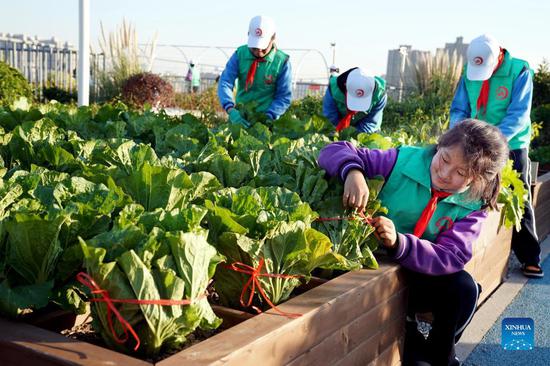
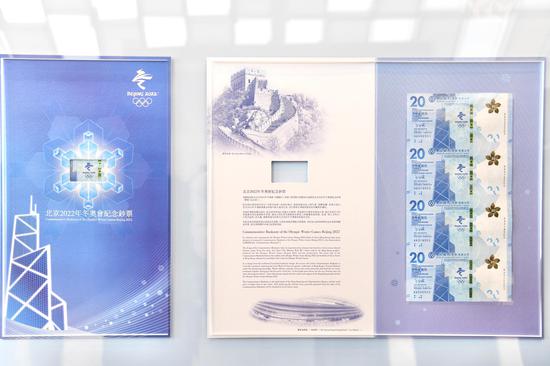

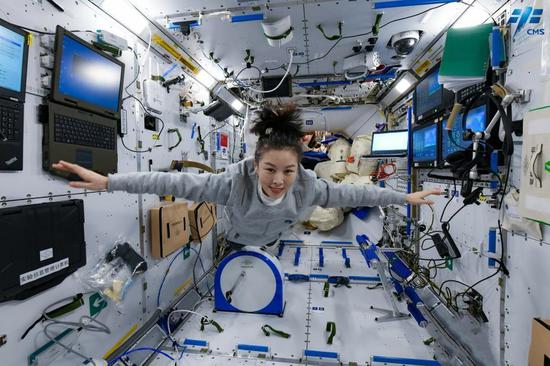
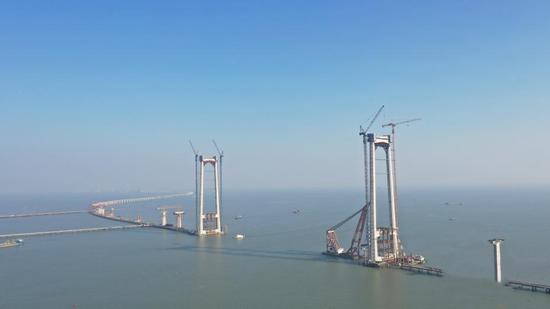



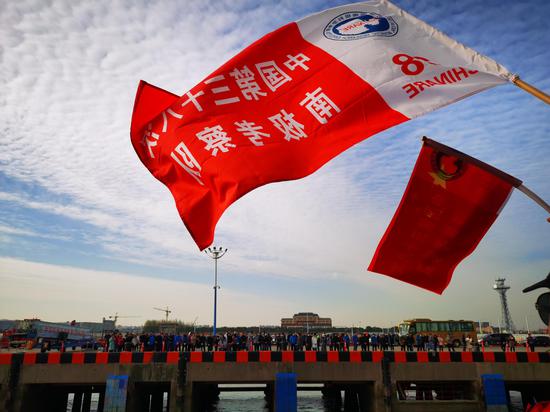
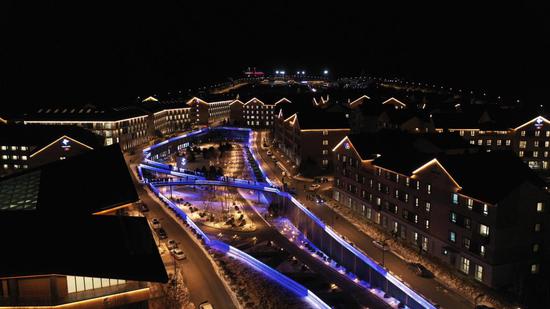




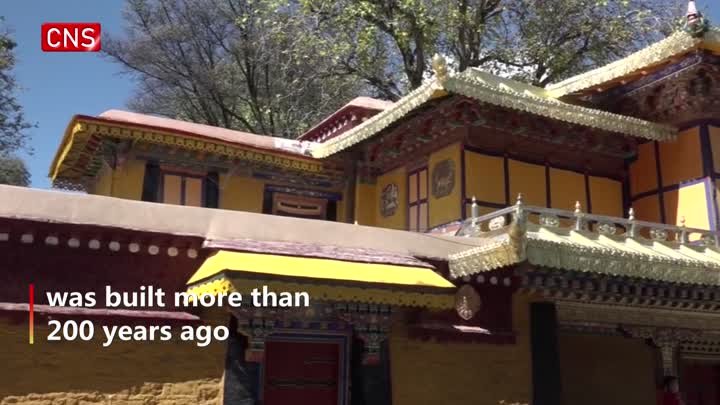

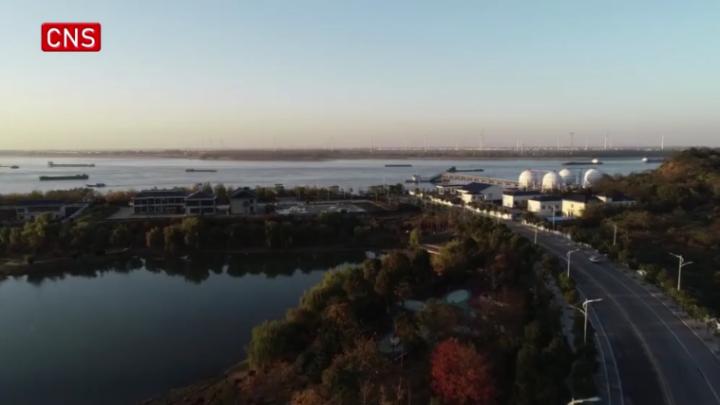

 京公网安备 11010202009201号
京公网安备 11010202009201号